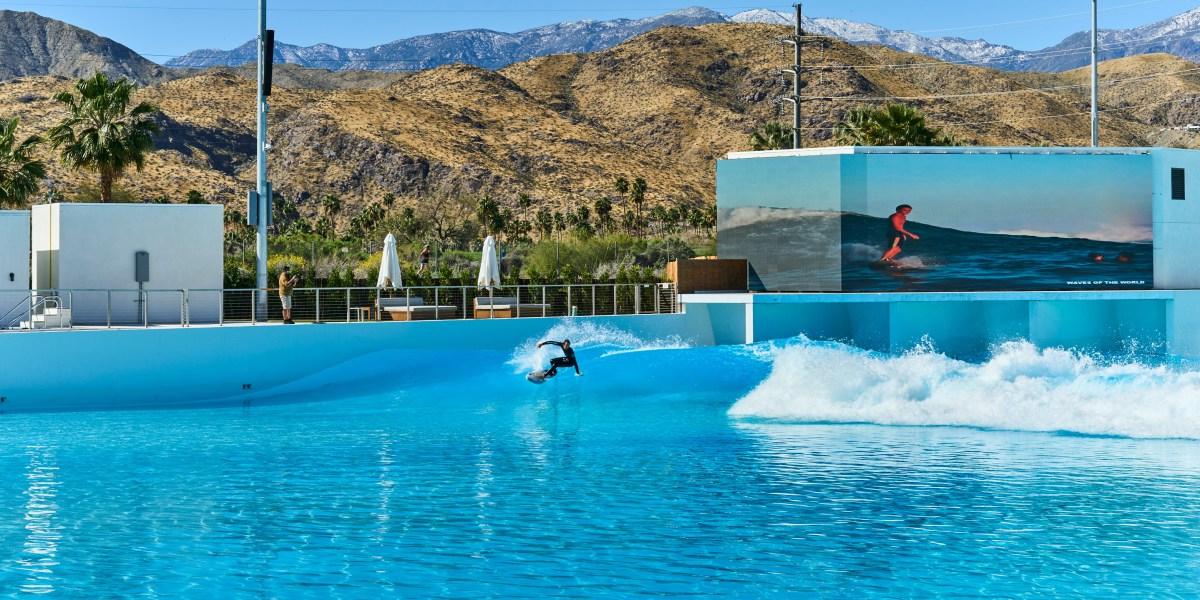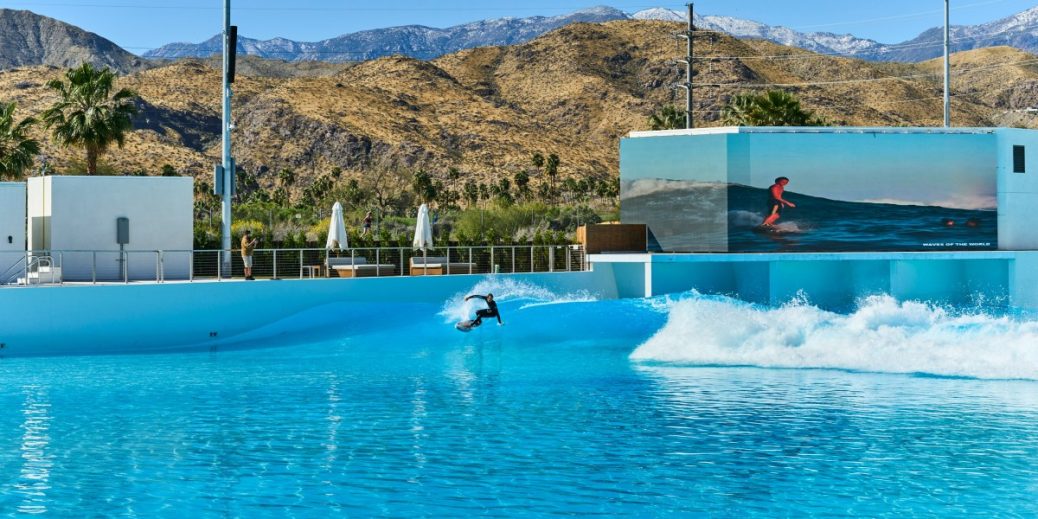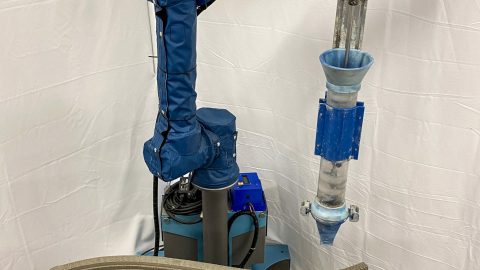
For nearly as long as surfing has existed, surfers have been obsessed with the search for the perfect wave.
While this hunt has taken surfers from tropical coastlines to icebergs, these days that search may take place closer to home. That is, at least, the vision presented by developers and boosters in the growing industry of surf pools, spurred by advances in wave-generating technology that have finally created artificial waves surfers actually want to ride.
But there’s a problem: some of these pools are in drought-ridden areas, and face fierce local opposition. At the core of these fights is a question that’s also at the heart of the sport: What is the cost of finding, or now creating, the perfect wave—and who will have to bear it? Read the full story.
—Eileen Guo
This story is from the forthcoming print issue of MIT Technology Review, which explores the theme of Play. It’s set to go live on Wednesday June 26, so if you don’t already, subscribe now to get a copy when it lands.
What happened when 20 comedians got AI to write their routines
AI is good at lots of things: spotting patterns in data, creating fantastical images, and condensing thousands of words into just a few paragraphs. But can it be a useful tool for writing comedy?






Recent Comments